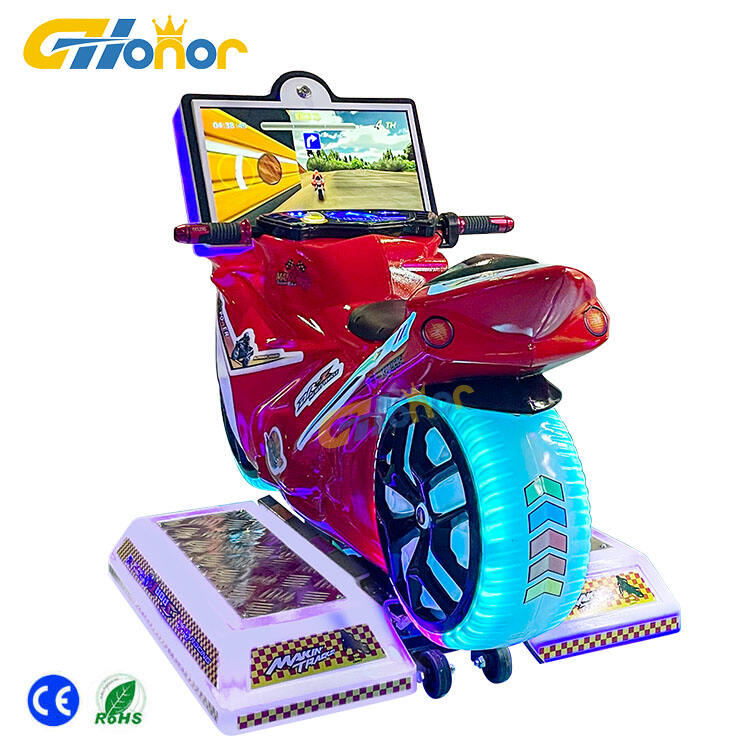Racing game design is a specialized process that combines technical expertise, creative vision, and understanding of player psychology to create engaging, balanced, and immersive racing experiences across platforms (consoles, PCs, mobile, arcade machines). This design process encompasses vehicle mechanics, track creation, visual aesthetics, gameplay systems, and user interfaces, with the goal of delivering a cohesive experience that appeals to the target audience—whether casual players, racing enthusiasts, or competitive gamers. At the core of racing game design is defining the game’s “feel,” which refers to how vehicles handle and respond to player input. This involves tuning physics engines to balance realism and fun: realistic games (e.g., “Gran Turismo”) simulate weight distribution, tire grip, and aerodynamics, while arcade-style games (e.g., “Mario Kart”) use simplified, exaggerated physics for easy handling and stunts. The feel must align with the game’s target audience—hardcore fans may demand precision, while casual players prefer accessibility. Track design is a critical element, with layouts that challenge players without causing frustration. Tracks include a mix of straightaways, turns (tight hairpins, wide curves), elevation changes (hills, ramps), and obstacles (barriers, moving objects) to create variety. Realistic games often feature tracks based on real-world locations (e.g., Le Mans, Monaco), while fictional tracks allow for creative elements like loops, shortcuts, or dynamic weather (rain, snow) that affect traction. Visual design sets the game’s tone, with art styles ranging from hyper-realistic (detailed car models, lifelike environments) to cartoonish or futuristic. Lighting, textures, and particle effects (sparks, smoke) enhance immersion, while UI elements (speedometers, minimaps, lap counters) are designed to be informative without cluttering the screen. Gameplay systems add depth, such as progression (unlocking cars, tracks, or upgrades), multiplayer modes (local split-screen, online races), and power-up systems (boosts, weapons in arcade games) that introduce strategy. For competitive games, designers balance vehicle stats to prevent unfair advantages, while casual games may prioritize customization (paint jobs, decals) to foster personalization. Testing is integral, with designers gathering feedback to refine handling, adjust track difficulty, and fix bugs. The result is a racing game that feels responsive, rewarding, and aligned with the needs of its players, whether they seek realism, excitement, or social competition.
